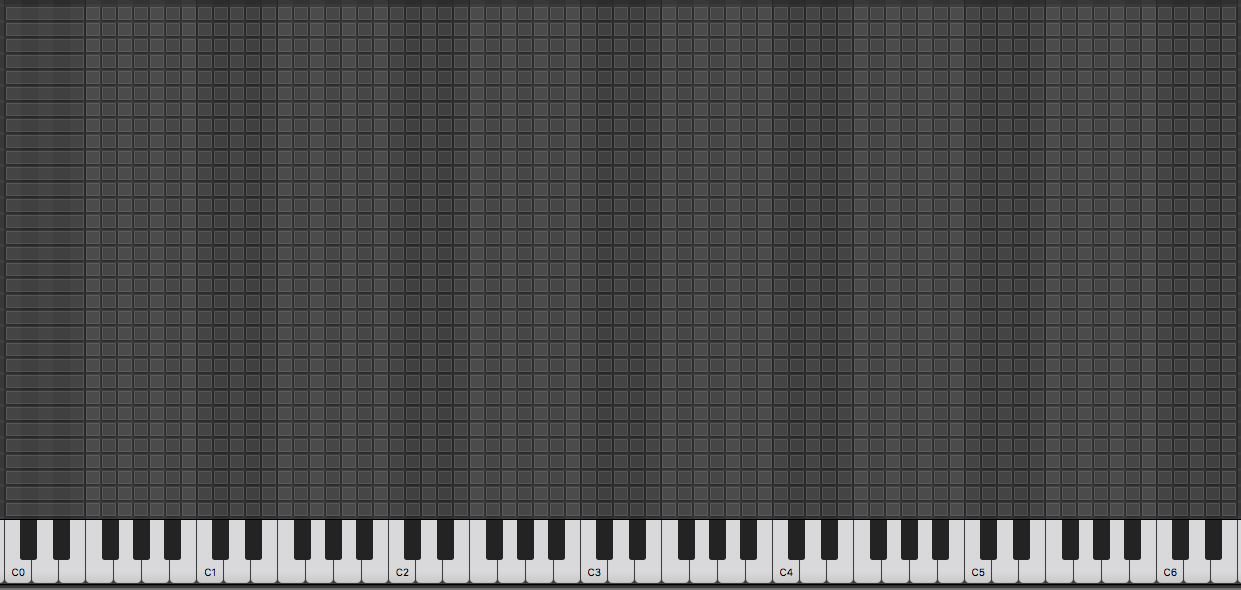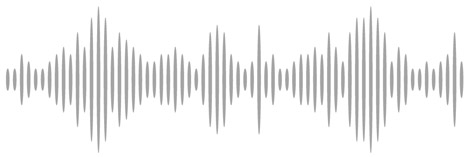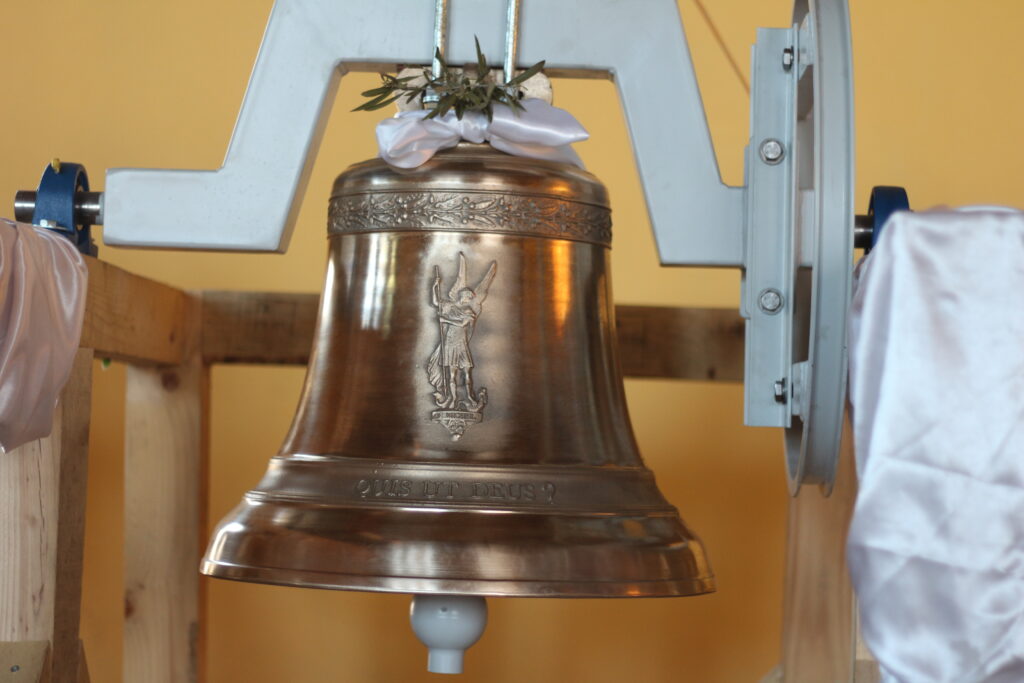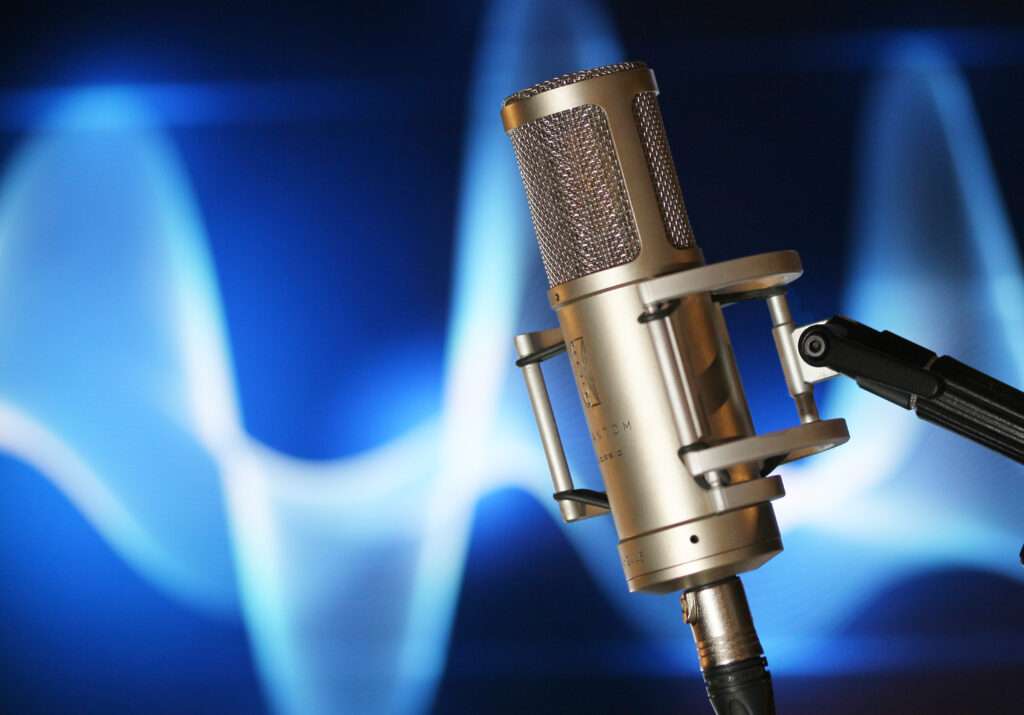Working principle
A virtual instrument is simply a software that recreates the sounds of a musical instrument with a computer. Today there are a multitude of virtual instruments, imitating almost all the musical instruments in the world, with more or less realism. Virtual instruments (or VI) use two different techniques: sound synthesis and sampling.
Synthesis
It is a process that generates sounds from simple signals, algorithms or programming. There are several forms of synthesis. The most common are additive synthesis, frequency modulation and physical modeling.
The additive synthesis consists of superimposing several signals to create a new one. It is a fairly old technique. Indeed, we can consider that the first synthesizer in history is the liturgical organ, whose origin dates back to Antiquity. The organ imitates by sets of pipes called “stops” instruments like the flute, the oboe or the trumpet. The organist can layer several stops to create new sounds called “registrations”. Here is a melody played successively with different stops then with all the stops of the organ simultaneously.
Finally, physical modeling synthesis is a relatively recent synthesis which imitates an instrument on the basis of its physical characteristics: its shape, its size its material, its density, etc. With physical modeling, we can replicate the sound of any instrument, even a wooden cymbal 4 meters in diameter!
Synthesizers exist today as physical machines like the Moog Modular or the Virus, or as virtual instruments like the famous Massive . They are mainly used to create electronic sounds (the famous synth sounds) specific to certain styles of music such as house, techno, dubstep or video games music.
Sampling
is the reproduction of the sound of an instrument using multiple recordings called samples. Imitation is generally much more convincing than sound synthesis, but requires the storage of a lot of data.
Sampling appeared in the 1960s with the Mellotron. This imposing keyboard instrument had magnetic tapes and a reading head for each note on the keyboard. A different sound was recorded on each tape, which was played when the corresponding key was pressed. It can be called an analog sampler. The possibilities of this instrument were very surprising for the time.
In the 80s, the first digital samplers like the Fairlight CMI appeared. The Fairlight, an extremely expensive machine, could imitate many instruments. Its memory storage capacity was very limited so it he used only one sample per instrument. The sample was played at different speeds to create the different pitches of the instrument, which gave this sampler a very characteristic sound. This instrument has been used in music studios by many artists such as Peter Gabriel, Michael Jackson in the introduction to Beat it, Queen or Daniel Balavoine in Tous les scris les SOS.
Samplers are now only available as virtual instruments. Thanks to increased storage capacities and advances in digital technology, samplers today use many samples (sometimes several thousand), which makes them much more realistic. Their flexibility makes them essential to the composition of film music.
Below is the matrix of a virtual piano which contains 32 samples per note and 88 different notes, i.e. 2816 samples. Each small square represents a different sound. The dynamics and sound of the instrument are quite realistic. Only the most trained listeners can spot that it’s not a real piano.

Why use a virtual instrument rather than an acoustic instrument?
For a composer, virtual instruments have many advantages :
- Composers have a multitude of fairly accurate instrument sounds at low cost without having a storage shed! They can play rare or bulky instruments, simply with a MIDI keyboard.
- We can create musical mockups very quickly, with a fairly realistic sound. We have editing possibilities provided by the MIDI format.
- The implementation is very fast. No need to install microphones or have a recording studio. The instruments are always tuned. I have traditional instruments like the Kora whose tuning changes all the time with humidity.
- The reproduction of the instruments is becoming more and more faithful. Some percussion and keyboard instruments are stunningly realistic.
Of course, this is a solution which also has disadvantages :
- The sound sometimes lacks realism, especially on instruments whose sound is maintained such as wind instruments and bowed strings. We lose some of the possibilities brought by the instrumentalist and the living aspects of the instrument.
- Personally, I find that playing an acoustic instrument is an additional source of inspiration when composing music. The feel is very different from a keyboard.
- For composers who want to make their own virtual instruments, this is quite a long and demanding job.
Virtual instruments have changed the world of musical creation. They provide amazing musical emotions and make music composition possible with an immediate overview of the result.



